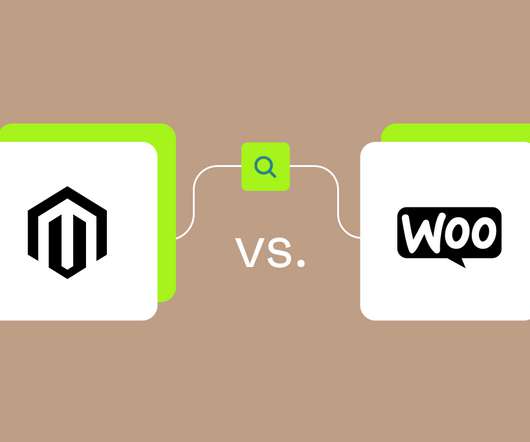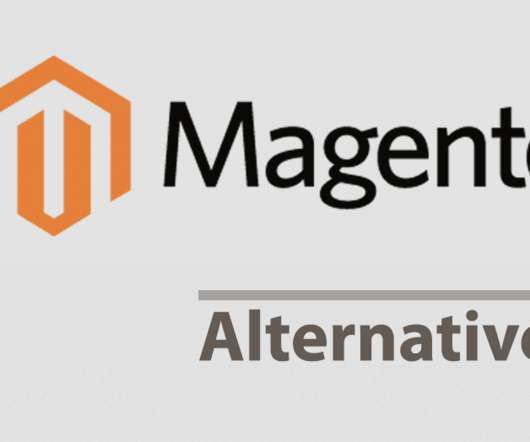Magento vs WooCommerce: An in-depth comparison
Omnisend
JANUARY 7, 2022
Carters, Thrifty, Bed Bath & Beyond), it’s clear that this is a popular choice for established companies with significant sales revenue. This is true despite being a younger platform, having launched only in 2011. Additionally, unlike WooCommerce, Magento offers robust multi-store management features. of the world’s CMSes.












Let's personalize your content